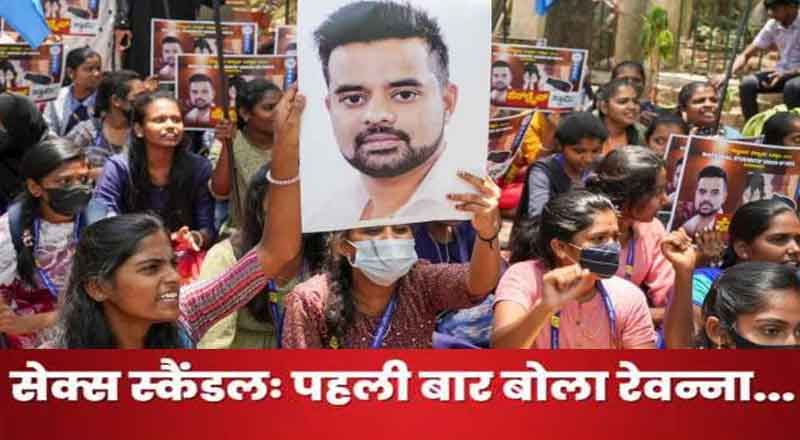Punarvasu, a banker who lives in Delhi’s Dwarka area, has been affected by issues of civic mismanagement for years.
“Because of the illegal parking menace, the neighbourhood lanes are crammed. One large vehicle rolls in and there’s no space even for pedestrians to walk. There’s no fumigation to check mosquito breeding. The state of waste management, look at the drains and landfills, is known to all. I can go on and on,” he said.
While Punarvasu blamed the BJP that has ruled the Municipal Corporation of Delhi (MCD) for 15 years, it might be surprising to some that he was among over 70 lakh voters who did not exercise their franchise in Sunday’s MCD polls despite being registered to vote.
So, why not give any of the other parties a chance? “We wanted to. But the AAP candidate didn’t even ask for votes. The party thinks its projection itself as anti-BJP but a pro-Hindu party will help
“They have been the party in power in Delhi’s assembly since 2014. Because of an overlap of duties and shared responsibilities in some areas, they don’t have a spotless slate either.”
Shalimar Bagh’s Roopam Mallick Dutta, another registered voter who did not vote in the MCD polls, said even the Congress doesn’t have a vision for Delhi.
“They think their opposition to both the BJP and the AAP in itself is sufficient to get public support. It’s sad to see India’s grand old party only talking about Sheila Dikshit, who remained chief minister for 15 years before the AAP came to power in 2014, to argue its case. Casting your vote is an exercise in futility,” she said.
However, this sense of disenchantment among large sections of voters, especially in cities, that nothing much will change, no matter which party wins, is not limited to Delhi.
On Saturday, the Election Commission of India (ECI) appealed to Gujarat’s urban voters to reverse the trend of low turnouts. This was after places such as Surat, Rajkot and Jamnagar fared worse than the average first-phase voting percentage (63.3 per cent) in the state where the two-phased assembly election concluded on Monday. The state had seen a 66.75 per cent turnout in the first phase of the 2017 election.
The Andheri bypoll, around the same time in Mumbai, also saw only 31.7 per cent voting. In the Punjab assembly election held earlier this year, the voting percentage declined by five percentage points. Pune is one of the many urban centres on the EC’s radar for their disinterest in voting.
Delhi resident Vinay Das gave his reason. “There’s a line of thinking that even if you don’t like any of the parties, elect individuals on their merits. Individuals who have the intent of working for you. Because the condition of your schools, hospitals, landfills, streets, drains and parks matter. But the elected representatives are ultimately going to embrace their party’s culture. What’s the point?”
The cynicism, though not a complete representation of the entire non-voting public, poses a challenge before the election commission. Earlier this year, Prime Minister Narendra Modi said there was a need to increase voter turnouts in elections, aiming for “at least 75 per cent”. PM Modi said many people in urban areas discuss issues on social media but don’t go out to vote.
But to achieve this goal, things beyond cycle rallies by the election commission need to be done. Sheer laziness is also a significant factor and reachout programmes should reach the hills and deserts, besides along coastlines. But above all, they must be more meaningful to address the disenchantment.
On their part, parties need to stick to their ideologies and shun opportunism, divisive issues and tainted candidates and field more women faces, besides coming up with more people-centric manifestos. People need to be shown that they have a better alternative to the government they resent today.





